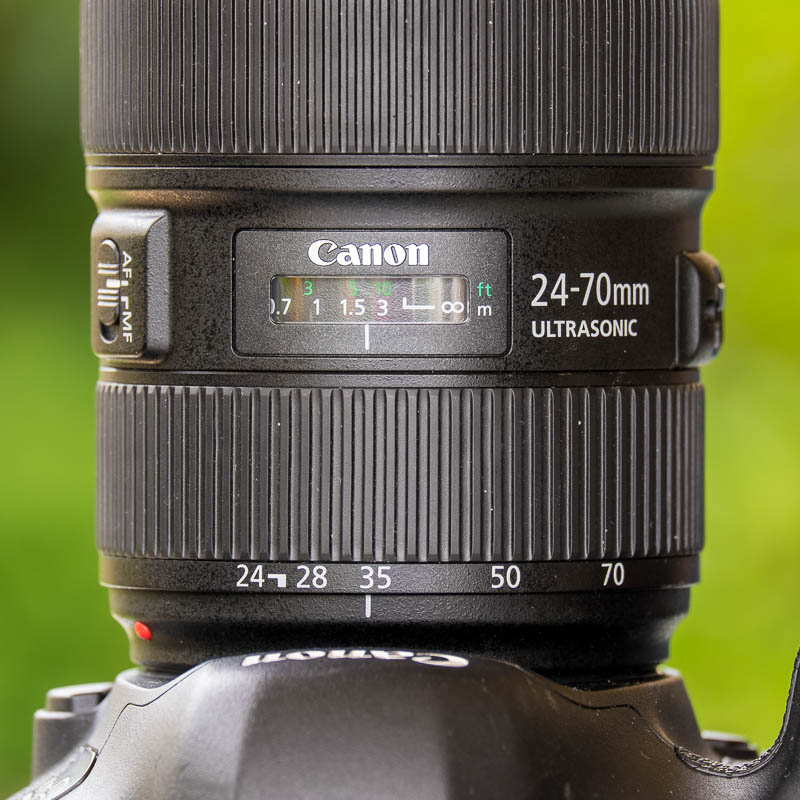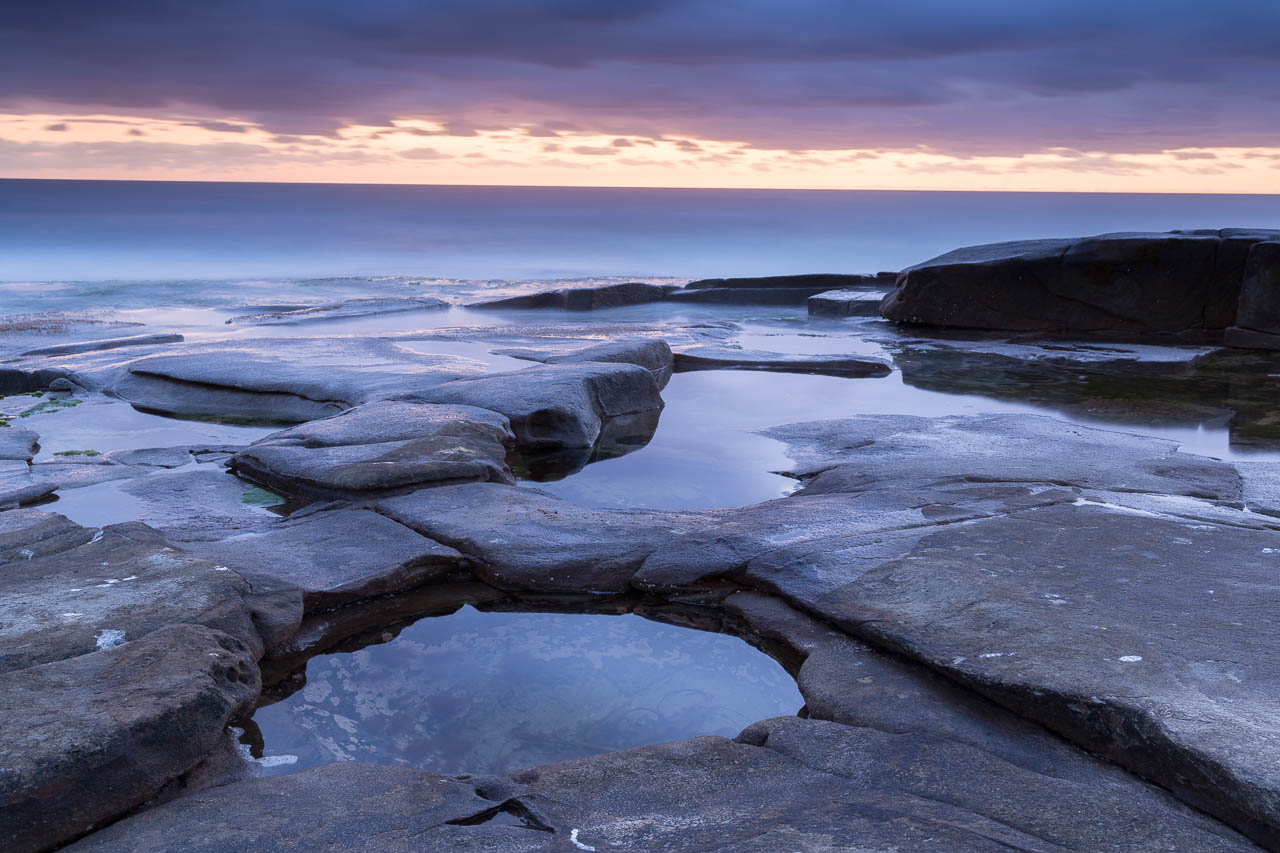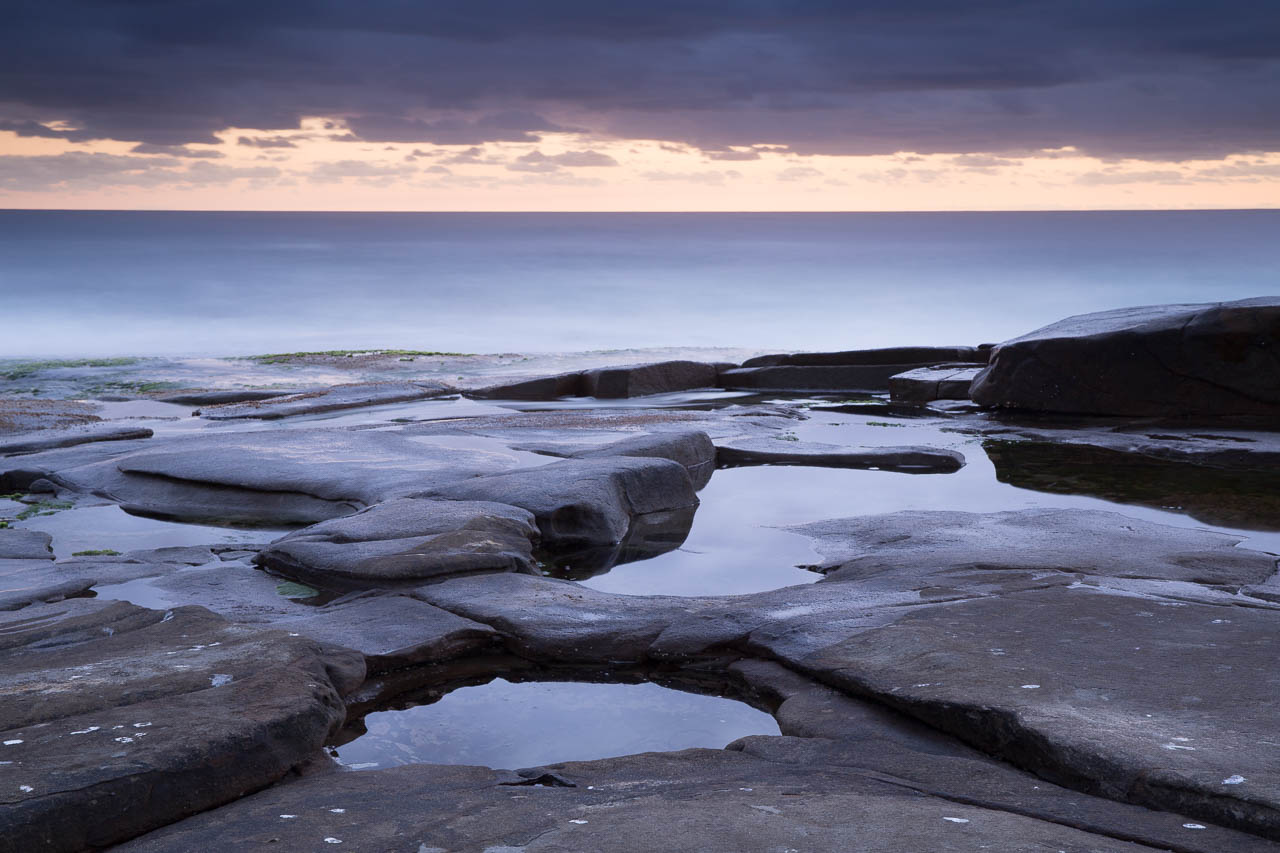As is fairly usual when I started out in photography I used zoom lenses. I can’t think of a non-zoom kit lens so it’s typically what most of us start with. I remember being in awe at ultra-zooms' (some with 60x optical zoom!) ability to zoom right in on something almost sniper like. It was like something out of a movie. It felt cool. The biggest problem with a zoom is that it can, well, zoom. This means if I wanted more or less stuff in the frame then I would just twist the zoom ring to change the frame. Because we start out with zooms I think we think this is what we’re supposed to do.
Appreciation of Focal Length
The problem here is twofold.
Firstly whilst focal lengths control how much is brought into the frame (a wide angle having a wide angle of view, a telephoto having a narrow angle of view) this perhaps isn’t their main purpose. The main aesthetic impact of focal length is to do with the relative size of objects.
With a wide angle lens, things close to us are relatively large in the photograph, and things further away progressively - and quickly depending on quite how wide - get smaller and smaller. Intuitively we know that objects that are larger are closer, and objects that are smaller are more distant. A wide angle exaggerates this perspective and helps to create a sense of depth in an image.
On the flip side longer telephoto lenses make distant objects appear larger, closer in scale to foreground objects. This is what is called compression, a term I found confusing when I started out as it was always used but never actually explained! A long lens compresses our sense of perspective, near and distant objects are closer in size in the photograph and so appear to be physically closer to each other.
Both of these effects are important to understand and invaluable to our ability to make stronger photographs.
The problem with zooms is that it is very easy to spend all of our time worrying about “how much stuff” we’re getting in the frame and not enough time worrying about the relationships between the objects that are included.
Position is Everything
The second issue is regarding position. Position is everything. As Ansel Adams famously said "A good photograph is knowing where to stand."
Zooms provide the ability to stay in the same position whilst completely changing the frame of the image. Too much stuff? Zoom in a bit. Tree in the way? Zoom in a bit.
Having and using zooms means that we spend less time thinking about our position, using the zoom to compensate instead. Often we stand in the wrong position using an inappropriate focal length for the photograph we want to make.
With a fixed focal length lens I can’t just twist the zoom barrel if the framing isn’t right, and if I want things to be bigger or out of the image I need to change my position (or take a conscious decision to swap lenses).
It focuses the mind on the effect of focal length, not just in terms of angle of view but in terms of the relationship of objects in terms of scale. It means I can’t be lazy and stay in one spot, I have to move to the best position for the best photograph.
Benefits of Prime Lenses
To address this you could consider using prime lenses. Primes have numerous advantages:
- Lighter: than a zoom covering the same focal length/maximum aperture.
- Faster: they tend to have wider maximum apertures to let in more light.
- Sharper: historically prime lenses were much sharper than zooms (...historically, I’ll cover this in a second).
However for me the standout advantage of using a prime is the solution to the zoom's problem; you can't zoom to compensate for your position or framing. A fixed focal length helps to understand the effect of focal length and physical position on an image, as well as the constraint it brings.
I swapped to using primes several years ago and I can say that it really works for your ability to visualise images. When you are in the field, shots at familar focal lengths appear more readily. I guess this is because human beings are the best pattern recognition machines in the world; we recognise the things that have worked in the past and can repeat it.
Zooms interfere with this pattern recognition. With an infinite number of positions between the zoom limits, it becomes more difficult for our brains to develop those patterns and so to recognise them in the field. I’m not saying it’s impossible of course, but I do believe that primes are a great way to assist the process of visualisation. Almost paradoxically the constraint of a fixed focal length helps me to find more and better shots where I might otherwise be overwhelmed by the options offered by a zoom lens.
My experience of leading workshops leads me to believe that the single biggest issue most people (including myself) have is in initially sighting and visualising photographs. Anything that helps with that has to be a good thing.
Back to Zooms
However despite using primes for several years I’ve now predominantly switched back to using zooms. Let’s look again at the advantages of primes and why I’m comfortable with this:
- Lighter: an individual lens may be lighter, but if I take 3 lenses at 24mm, 50mm and 100mm instead of the one lens covering the range then it’s probably double the weight overall. If you go the primes route I think you need to embrace the concept of constraint by not carrying a prime for every situation; you spend more time changing lenses and rob yourself of the ability to see with a particular focal length.
- Faster: most of the time this isn’t an issue for me. 90% of my images are probably made on a tripod, somewhere between f8 and f16 and erring towards longer shutter speeds. My Zeiss 21mm and Canon 24-70 are both f2.8 if I need something faster, but I don’t generally need something f2 or faster (never say never tho!).
- Sharper: as I said, historically primes were sharper. But in recent years the gap has very much closed and some zooms are very close or compete directly with primes. For example some internet tests (:roll eyes:) of the Canon 24-70 Mark 2 show that it is close to if not exceeding some of Canon’s prime lenses. Personally I find my Zeiss 21mm slightly sharper, but even if primes are a touch sharper I’m not sure it’s in a particularly meaningful way ("does it show up in print?"). Sure you can pixel peep the differences but there are few usages where a good quality zoom is not perfectly acceptable.
The lighter overall weight, simplicity, no need to change lenses in difficult/inclement environments, being able to change focal length where my position is compromised (think waterfalls and cliffs) and the good enough (great enough even) results of the zoom win out for me.
Using a 'Multi-Prime Lens'
However going back to zooms means I miss out on the significant creative constraint aspect of the prime, and the ability to constantly see the world at that focal length. When I started reverting to zooms I found the good shot finding habits I had developed with primes starting to slide. I started to zoom just because I could and without giving it too much thought. Fortunately I becamse aware of this and have tried to address it.
The most important thing I have done is to stop thinking of my zoom lens as a zoom, but to think about it as a ‘multi-prime’ lens. Most zoom lenses have markings showing key focal lengths (normally popular prime focal lengths). For example on my Canon 24-70 I have markings for 24mm, 28mm, 35mm, 50mm, and 70mm.

The practice that I have developed is to pre-select the focal length on the lens. When I visualise an image, I work out what focal length and position I think I will need to accomplish the shot. I will then set the lens to one of 24mm, 35mm, 50mm or 70mm as appropriate, move into position and put the camera to my eye.
Often I will get it right or pretty close. Sometimes I will get it completely wrong. I’ve become very used to working at 24mm - and 21mm, I still have my Zeiss 21mm prime lens - so I see shots relatively easily with that focal length. It tends to be at 50mm and 70mm that I still have work to do in visualising the effect of the focal length, simply because I use those focal lengths much less.
When I get the focal length wrong by a decent margin I tell myself not to zoom. Rather I lower the camera, reconsider what focal length I should be using, select it, change position, and then return my eye to the viewfinder.
Once I have the focal length and position pretty much locked in and the camera tripod mounted, I don’t mind finessing the focal length via the zoom ring to get the framing just so. We’re only talking about a few mm either side, and always trying to think if a change in position would be preferable (even an inch can make a huge difference at wide angle).
One particular issue with this approach is that I am still free to change my focal length so it becomes harder to develop that pattern matching ability. A common suggestion is to tape down your lens at a particular focal length for a week or even a month to develop a stronger appreciation for that focal length.
Althought I feel I have a good sense of different focal lengths I’m keen to ward off complacency and expect this sense would regress over time using zooms alone. Pre-selecting the focal length definitely works, but I think the discipline of sticking to a particular focal length periodically might also help to keep the vision muscle trained.
If you feel you don't have a good handle on different focal lengths or appreciate how constraint helps you to find shots, it might be worth trying the multi-prime approach for yourself. It might seem like semantics, but subconsciously I think it helps to reinforce the value of particular focal lengths.



